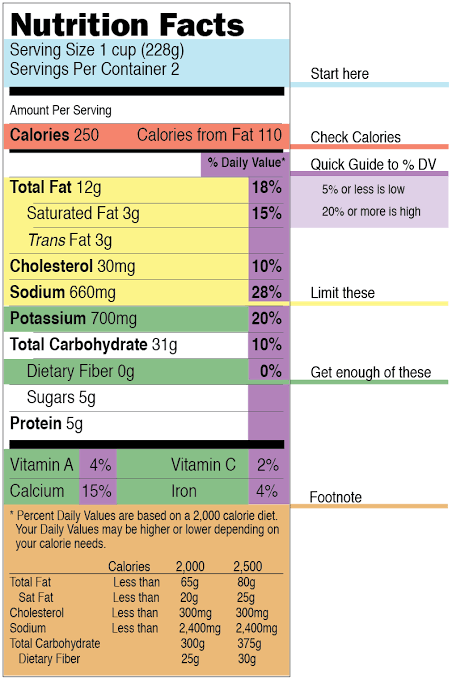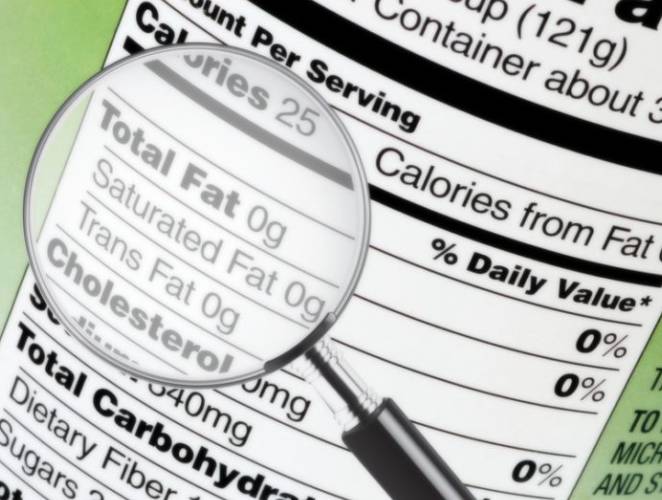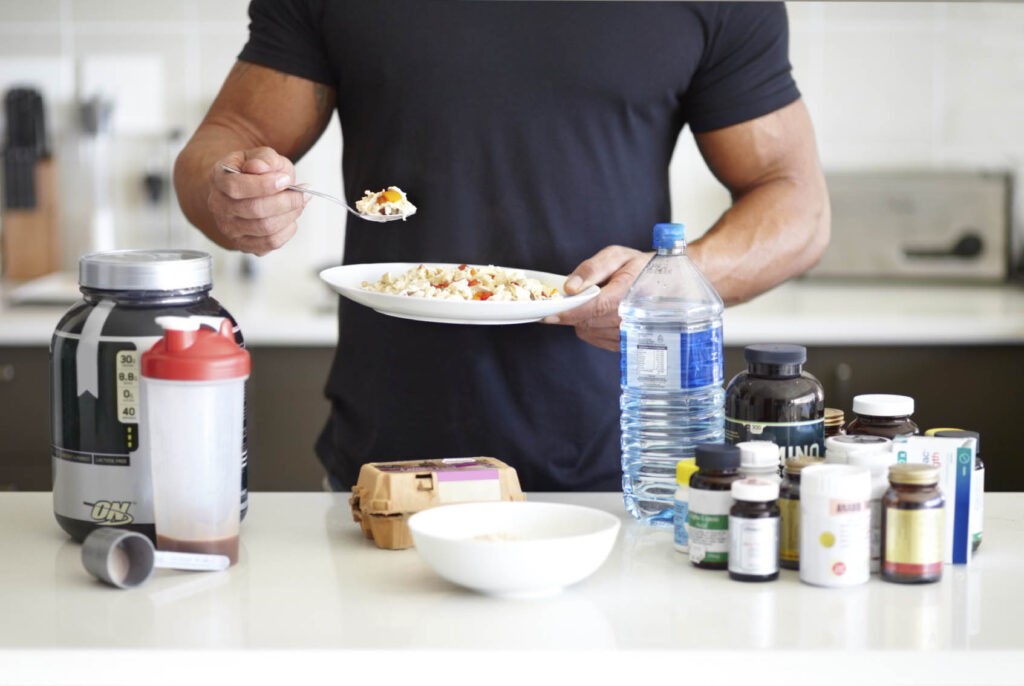Life might not come with a manual, but your food does! Whether you have sensitivities, want to lose weight, or just eat healthier, nutrition labels are your key to success. Once you’ve flipped, twisted, and twirled your box of packaged food around and located the label, the numbers and information staring back at you can be confusing. Before you wave your receipt in defeat and opt to trust the eye-catching labels on the box promising the product is “low-calorie” and “packed with fiber,” take a few minutes to explore the ins and outs of nutrition labels. Your health, and waistline, will thank you.
What information is on a food label?
By law, all prepackaged foods must have the following:
• A Nutrition Facts table
• An ingredient list
They may also have nutrition claims but they are optional.
The Nutrition Facts table
The Nutrition Facts table is meant to allow you to:
• learn about the calories and nutrients the item contains
• make it easy to compare similar foods
• look for foods that have a little or a lot of a certain nutrient
• select foods for special diets
Nutrition facts to know
When it comes to reading food labels, you need to understand what each category is trying to tell you. Here are 7 steps for reading nutrition labels that will help you make healthy food choices.

1: Start with the serving size
This is important when thinking about how much you eat. Keep in mind that all information on the label is based on one serving of the food. A package of food often contains more than one serving, so if you eat more than the serving size you’ll need to calculate that in for the total nutrients consumed.
2: Look at the calorie count
Calories are a way to measure the amount of energy a food provides. We often consume more calories than needed, without getting essential nutrients. Consider this general per serving guide: 40 calories is low, 100 calories is moderate, and 400 calories or more is high.
3: Limit certain nutrients
Certain nutrients can impact your health if you consume too many. Saturated and trans fats are linked to increased risk of heart disease while high levels of sodium can lead to high blood pressure. Too much sugar can make it difficult to meet your nutrient needs without increasing your calorie intake. Nutrition labels now show amount of added sugars, which you’ll also want to watch out for.
4: Increase certain nutrients
Vitamins and minerals can help improve your health and reduce your risk for certain diseases and conditions. Consider increasing your intake of fiber, vitamin D, calcium, and iron. It’s best to eat more fruits and vegetables to get enough of these nutrients.
5: Know your daily values (DV)
Daily values are an easy way to track your intake of nutrients. They are all based on the average levels of nutrients for a person eating 2,000 calories a day. The daily value percent is for the entire day, so if a food item lists, “5% DV of fat,” it provides 5 percent of the total fat that a person should eat for the whole day.
6: Understand how to use your daily values
There are certain nutrients we want to decrease and others that we want to increase. Five percent is considered to be low. Try to keep saturated fat, cholesterol, sodium, and added sugar in this low range. Twenty percent is considered to be high. This is where we want our vitamins, minerals, and fiber
7: Read the ingredients
When it comes down to it, the ingredient list will tell you exactly what’s in the food you’re consuming. They are listed in order from largest amounts to the smallest amounts. Try to avoid artificial flavors and coloring, and stick with foods that list ingredients you recognize.
Getting the Most Out of Food Labels
It’s crucial to determine your nutrition goals first, so that you can make the best use out of food labels. For example, if you’re overweight, comparing the calorie content of various options allows you to choose a low-calorie, nutritious item to stay within your daily calorie goals. The information on serving size is particularly important since the nutrient information listed on a label is often for more than one serving. If you have a chronic condition, for instance, if you have high blood pressure, it’s crucial to pay attention to the sodium content.
Now that you understand how to read a nutrition label, you can make healthier and more informed decisions about the food products you are buying. This is a great step towards eating right and staying fit. The next time you head out to the grocery store, don’t forget to pack your reading glasses!



